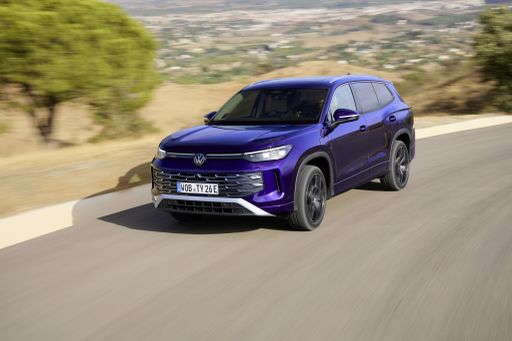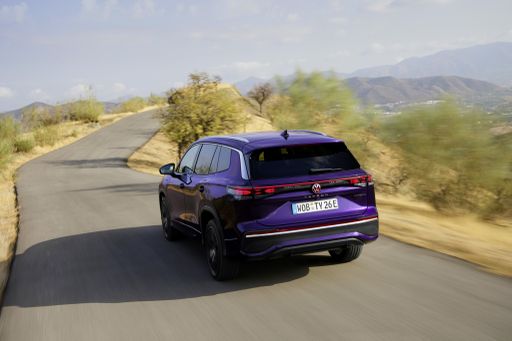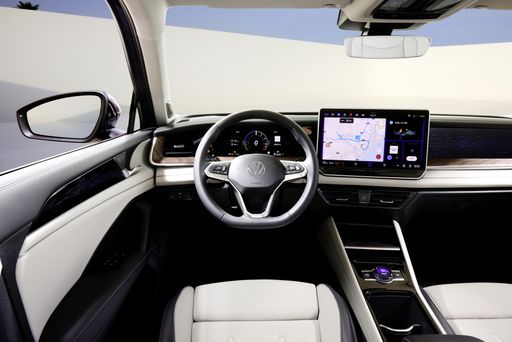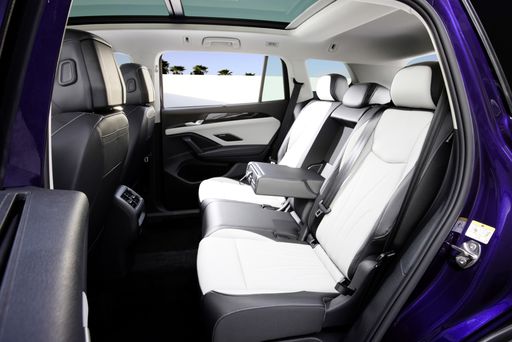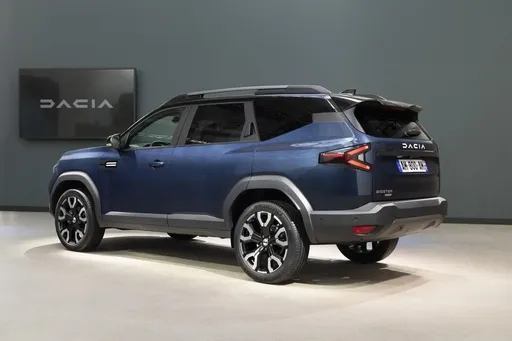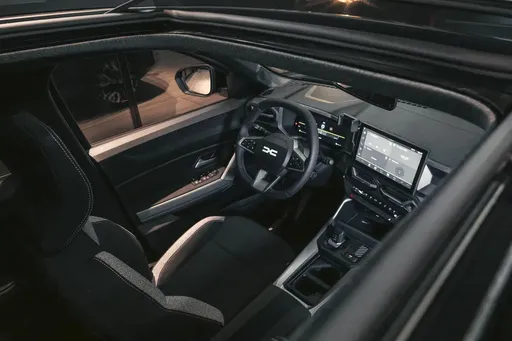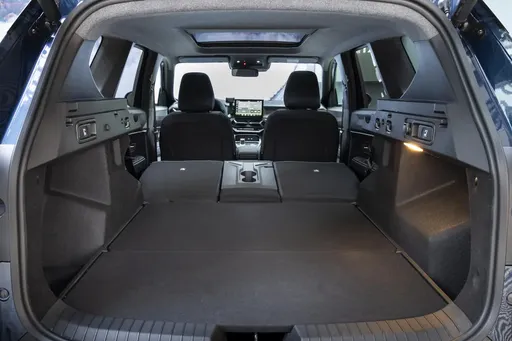Silnik i osiągi
Moc, moment obrotowy i przyspieszenie wiele mówią o tym, jak auto prowadzi się na co dzień. Tu widać, kto oferuje więcej dynamiki.
Pod względem mocy silnika VW Tayron ma wyraźny przewagę – 272 KM zamiast 155 KM. To różnica około 117 KM KM.
W przyspieszeniu 0–100 km/h VW Tayron jest wyraźny szybszy – 6.10 s wobec 9.70 s. Różnica wynosi około 3.60 s sekundy.
Pod względem prędkości maksymalnej VW Tayron jest oczywisty lepszy – osiąga 240 km/h, podczas gdy Dacia Bigster kończy na 180 km/h. Różnica to około 60 km/h.
Różnica widoczna jest również w momencie obrotowym: VW Tayron ciągnie wyraźny mocniej – 400 Nm wobec 230 Nm. Różnica to około 170 Nm.

